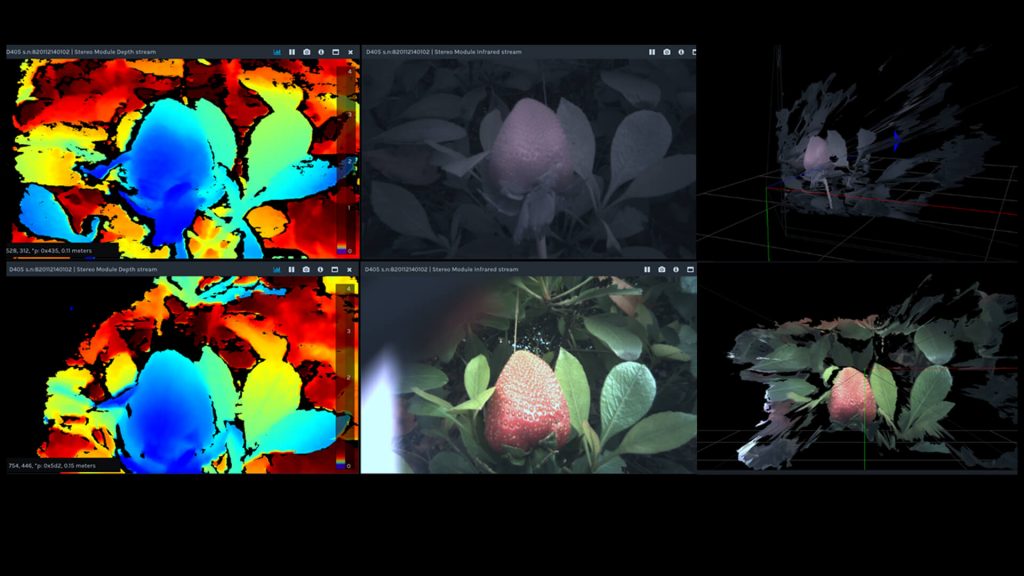
Optical Filters for Intel® RealSense™ Depth Cameras
While Intel® RealSense™ Depth Cameras are designed to work perfectly straight out of the box, there are some occasions when adding an external physical filter can improve the depth and color output from the cameras. There are various different types of optical elements that can be used for depth enhancement, in this paper we refer to them generically as optical filters. An optical filter is any device or lens that is placed in the path of light hitting the camera sensors. These filters can affect the intensity or color of the light that is transmitted or reflected.
 Stained glass windows, showing the different colors of light passing through the glass, a common type of optical filter.
Stained glass windows, showing the different colors of light passing through the glass, a common type of optical filter.
Think of color gels over lights or stained glass windows – these are the most common type of filters which alter the color composition of the light passing through them – they do this by reducing or removing specific wavelengths of light. Another type of filter you are almost certain to be very familiar with is sunglasses, which reduce all wavelengths of light by the same amount to dim a very bright scene. Some of the other types of filter included in this paper are diffusers, which change the spatial properties of light, and polarization which allow one axis of light to pass through and block the other axis. The most common polarization you would be familiar with are the lenses in your glasses at a 3D format movie – the lenses are polarized so that each eye sees something slightly different, giving the 3D effect that fools your brain. In the image below, a polarizer is placed on the camera lens and rotated 90° between the two images.
 What difference a filter makes – polarizing filter on the camera used to take this image removes the reflection.
What difference a filter makes – polarizing filter on the camera used to take this image removes the reflection.
In the case of depth cameras, these different filters can be used to optimize and improve the camera output in specific situations, by helping tune in to the wavelengths and colors of light that are most useful for that specific environment.
Learn more and read the full whitepaper here.
Subscribe here to get blog and news updates.
You may also be interested in
“Intel RealSense acts as the eyes of the system, feeding real-world data to the AI brain that powers the MR
In a three-dimensional world, we still spend much of our time creating and consuming two-dimensional content. Most of the screens
